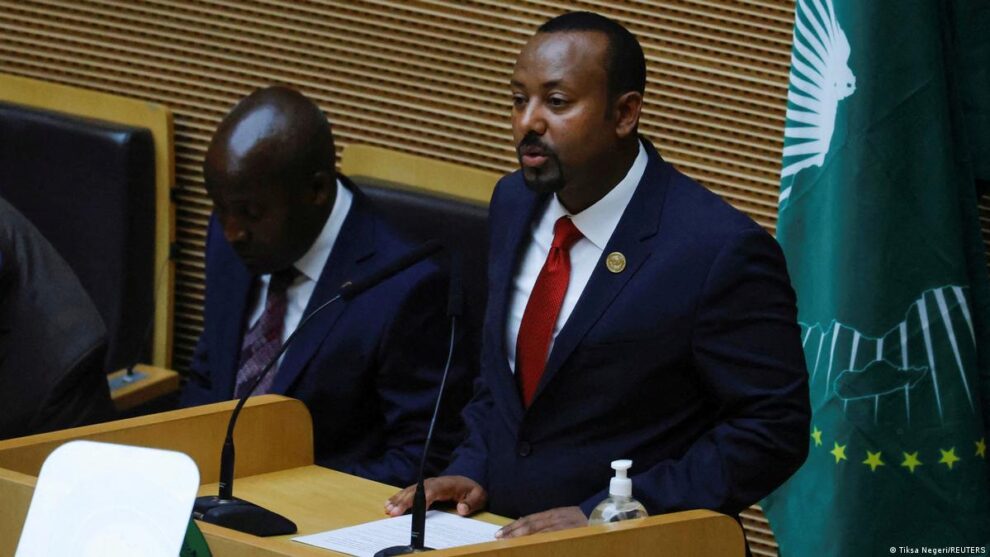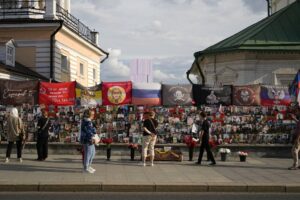The Ethiopian government and the Oromo Liberation Army (OLA) are holding new talks in Tanzania to try and put an end to five years of insurrection in Oromia, Ethiopia’s largest and most populous region, a diplomatic source said on Wednesday.
Classified as a “terrorist organization” by Addis Ababa, the OLA has been fighting the Ethiopian authorities since it split with the historic Oromo Liberation Front (OLF) in 2018, when the latter renounced armed struggle that year when current Prime Minister Abiy Ahmed came to power.
“Talks have been underway for ten days” in Tanzania, the diplomat told AFP on condition of anonymity, adding that the main mediation was being carried out by Igad, the East African bloc.
“It’s going very well. Both parties are optimistic about a (future) agreement”, he said.
A first round of talks, between late April and early May, had ended in persistent disagreement. Despite the declared willingness of the parties to continue talks, ten days later the OLA accused the Ethiopian government of having launched an offensive contrary to the “hoped-for de-escalation”.
Many observers describe the OLA as a “franchise” to which relatively autonomous groups – some with criminal motives – belong, rather than as a hierarchically structured movement under a central command.
Estimated at a few thousand men in 2018, the OLA’s strength has grown considerably in recent years. However, observers consider it insufficiently organized and armed to represent a real threat to federal power in Addis Ababa, even though the capital is surrounded by Oromia.
The region of the Oromo people stretches from center to south and east to west, covering around a third of Ethiopia’s territory, and is home to around a third of the 120 million inhabitants of Africa’s 2nd most populous country.
It is plagued by multi-faceted violence, making the situation extremely confused: internal political struggles, territorial disputes, and animosities between communities combined with the recent development of armed banditry.
In recent years, it has been the scene of ethnic massacres – the perpetrators of which are not identified – particularly in the Wollegas, a remote area in the far west, where they mainly target the Amhara, the second most numerous people in Ethiopia, but a tiny minority in Oromia.
The OLA has been repeatedly accused by the government of being responsible for these massacres, a charge it systematically denies. The government, for its part, is accused of indiscriminate repression, which fuels Oromo resentment against the federal government.
In addition to Oromia, Ethiopia is torn apart by numerous unrelated conflicts, often linked to identity claims or territorial disputes.
Source: Africa News
















